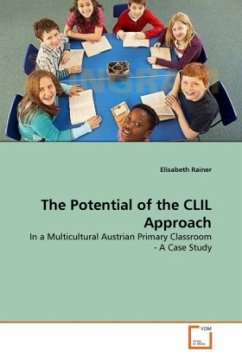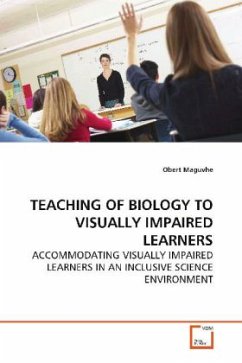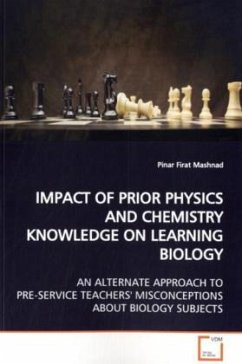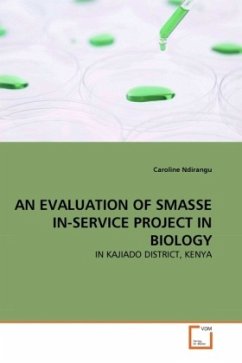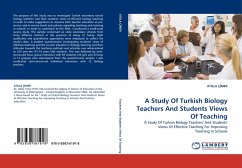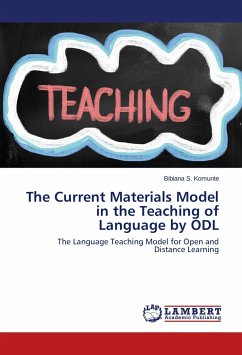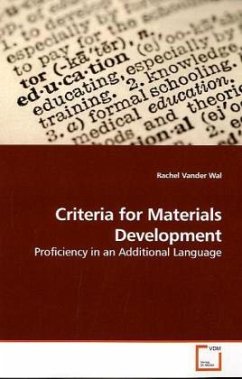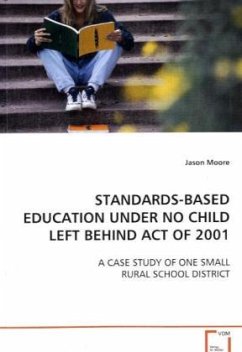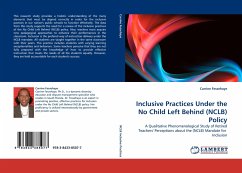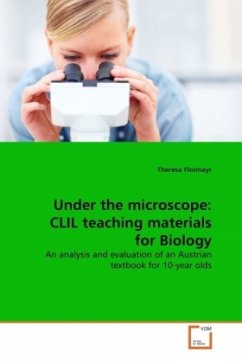
Under the microscope: CLIL teaching materials for Biology
An analysis and evaluation of an Austrian textbook for 10-year olds
Versandkostenfrei!
Versandfertig in 6-10 Tagen
45,99 €
inkl. MwSt.

PAYBACK Punkte
23 °P sammeln!
Content and Language Integrated Learning (CLIL) is one of the most recent and most innovative phenomena in education at the moment. Since this approach is still very new, only a few suitable teaching materials have been published for the various school subjects. In some countries, however, there are dedicated CLIL teachers and linguists who have already developed CLIL-specific textbooks for certain content subjects (e.g. Geography, History or Biology). In this thesis, a theoretical analysis and practical evaluation of the CLIL teaching materials "Cross-Curriculum Creativity Biology" (Books 1-4...
Content and Language Integrated Learning (CLIL) is one of the most recent and most innovative phenomena in education at the moment. Since this approach is still very new, only a few suitable teaching materials have been published for the various school subjects. In some countries, however, there are dedicated CLIL teachers and linguists who have already developed CLIL-specific textbooks for certain content subjects (e.g. Geography, History or Biology). In this thesis, a theoretical analysis and practical evaluation of the CLIL teaching materials "Cross-Curriculum Creativity Biology" (Books 1-4) (Fierling & Machotka 2008) was carried out. These textbooks are intended to be used to teach Biology in English. They follow the Austrian curriculum for Biology for the first form of secondary education (i.e. for children aged ten to twelve). Overall, the examination showed that while the books are a good basis for CLIL teachers who intend to teach Biology in English in Austria, there is still room for improvement.



